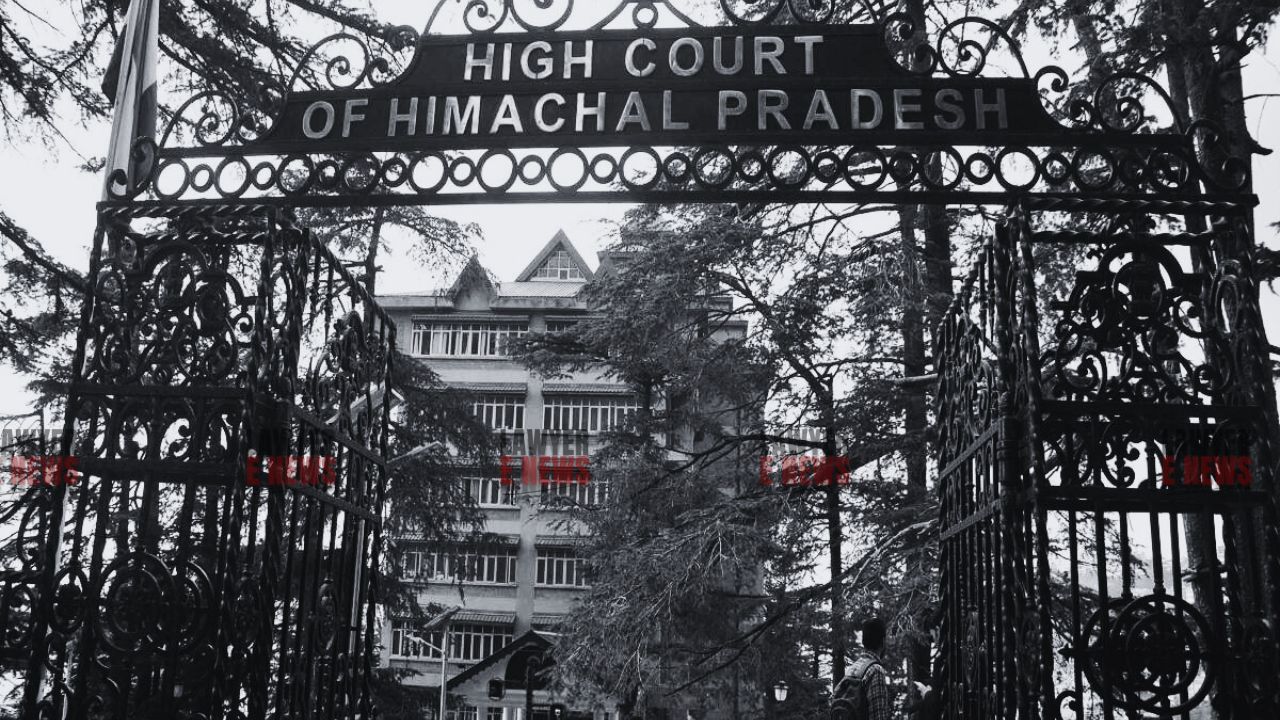-
by Admin
15 December 2025 3:42 AM



High Court of Himachal Pradesh at Shimla upheld the acquittal of Kamal Bahadur, who was initially charged with murder under Sections 302 and 452, read with Section 34 of the Indian Penal Code (IPC). The Court, led by Justices Vivek Singh Thakur and Rakesh Kainthla, found the evidence presented insufficient to connect the accused with the crime, emphasizing the necessity of a higher threshold of proof in appeals against acquittal.
The case began when police found the body of Man Bahadur near Pokhta road in May 2012. The investigation linked Kamal Bahadur and other suspects to the crime, asserting that the murder stemmed from a debt-related quarrel. A trial court acquitted the accused in December 2013, citing insufficient evidence to link him to the murder. The state subsequently appealed, arguing that the trial court’s evaluation was flawed.
The appeal focused on whether the trial court erred in its judgment by overlooking significant evidence, including the recovery of blood-stained clothing from the accused and the injuries he allegedly sustained during the incident. The prosecution relied on circumstantial evidence, primarily the accused's disclosure and physical evidence, to link him to the murder.
The Court applied principles outlined in Mallappa v. State of Karnataka and Raja Naykar v. State of Chhattisgarh, both emphasizing that in appeals against acquittal, the High Court must respect the trial court’s findings unless they are legally flawed or unsupported by evidence. The Court underscored that the “presumption of innocence” of an acquitted person becomes even more significant in such cases, and a mere possibility of another interpretation does not warrant overturning an acquittal.
The Court noted that circumstantial evidence did not conclusively prove guilt. For instance:
Medical Evidence: The injuries on Kamal Bahadur’s legs could have resulted from his work as a laborer, and therefore did not definitively link him to the crime.
Blood Analysis: Though blood was found on the accused’s clothing, forensic analysis could not confirm it belonged to the deceased. The Court observed that this lack of linkage failed to meet the prosecution’s burden of proof.
Key Witness Absence: Witnesses who could have identified the accused were not presented in court. The Court ruled that this omission warranted an adverse inference against the prosecution.
The Court ultimately upheld the trial court’s assessment that the evidence did not establish a “chain of evidence” necessary to exclude all reasonable doubt.
The Himachal Pradesh High Court dismissed the state’s appeal, affirming the trial court's reasonable view based on available evidence. Emphasizing that suspicion cannot replace proof beyond reasonable doubt, the Court reiterated the standard for criminal convictions based on circumstantial evidence, requiring conclusive proof and ruling that strong suspicion alone is inadequate.
Date of Decision: November 8, 2024
